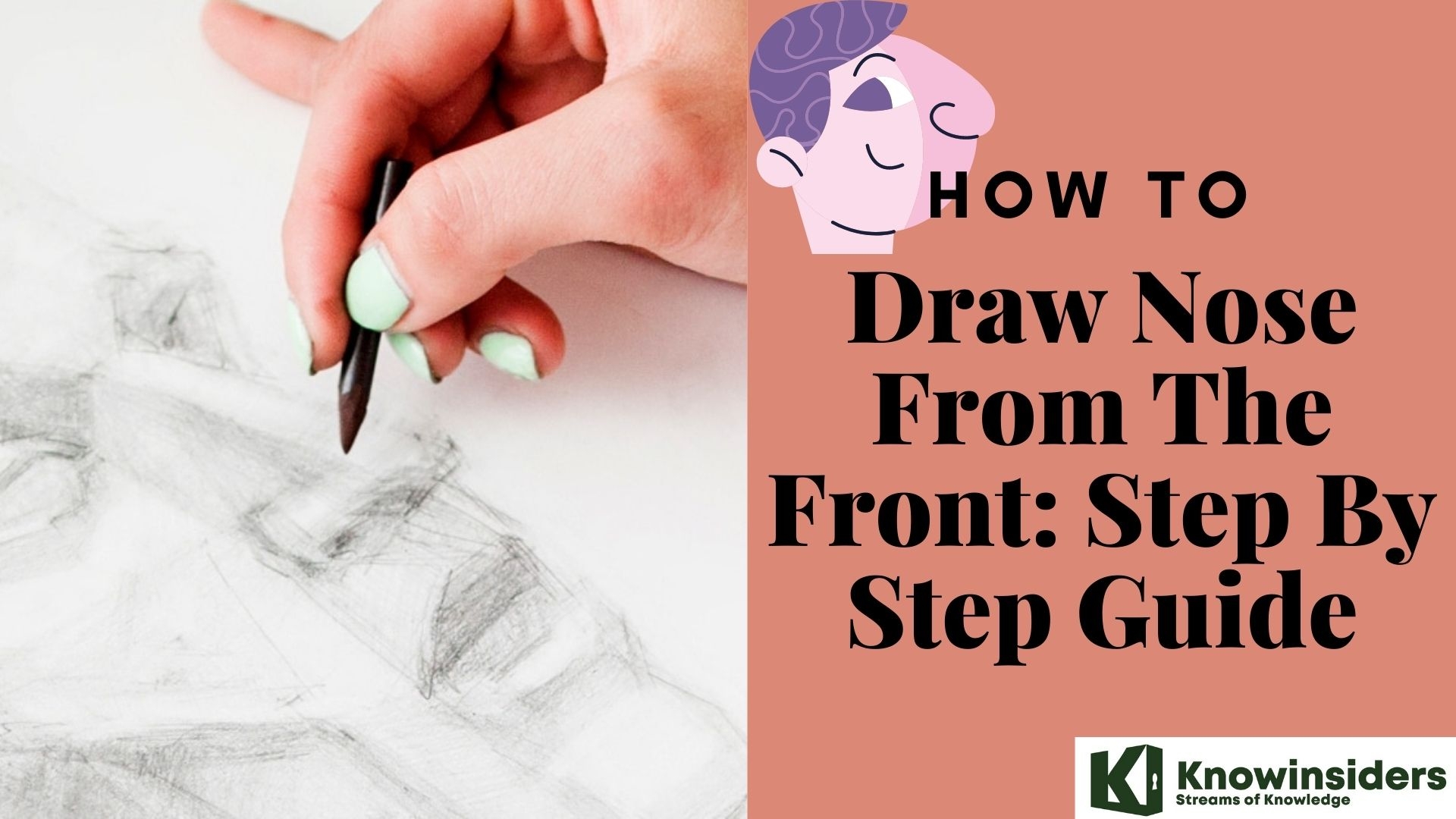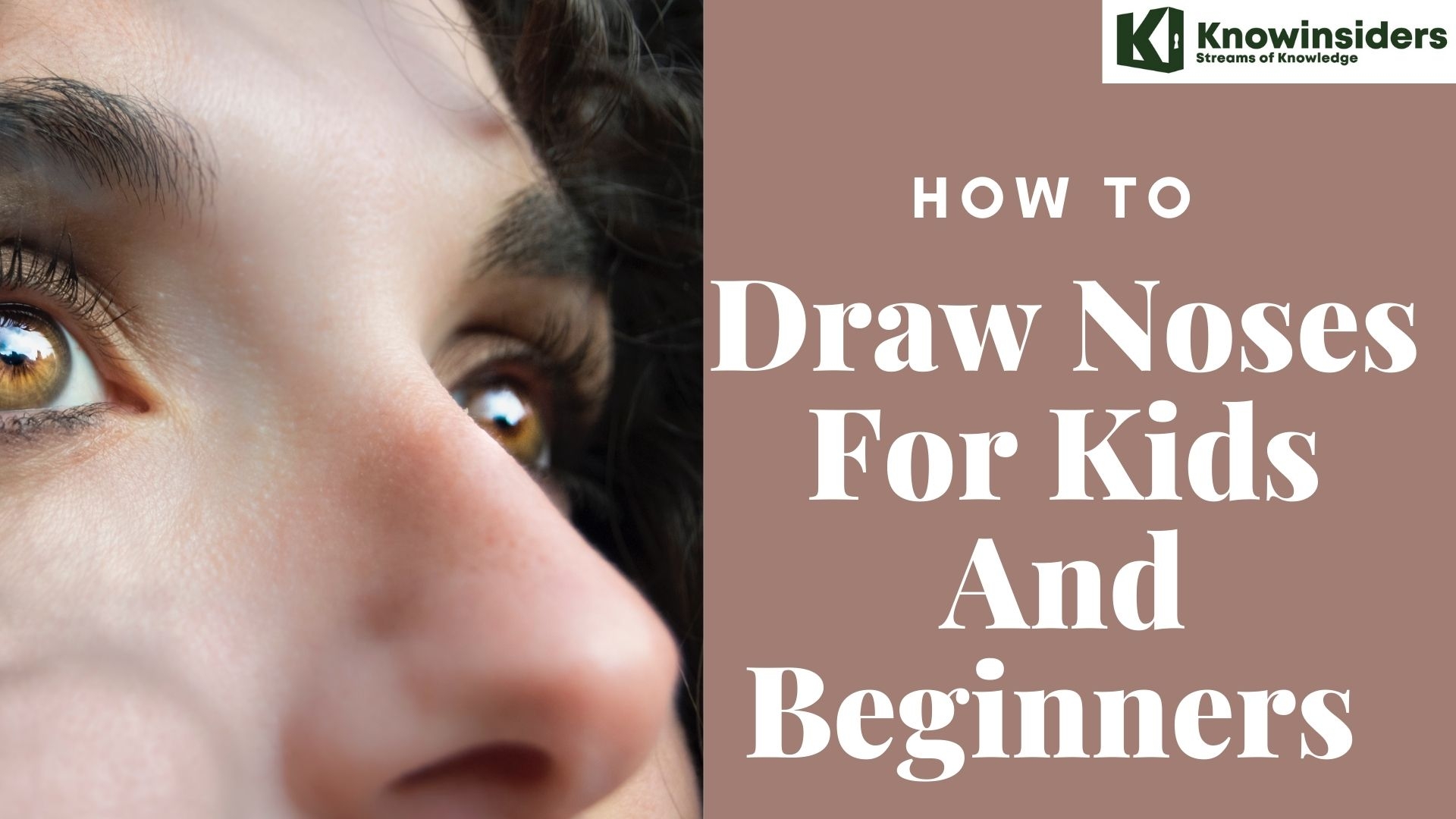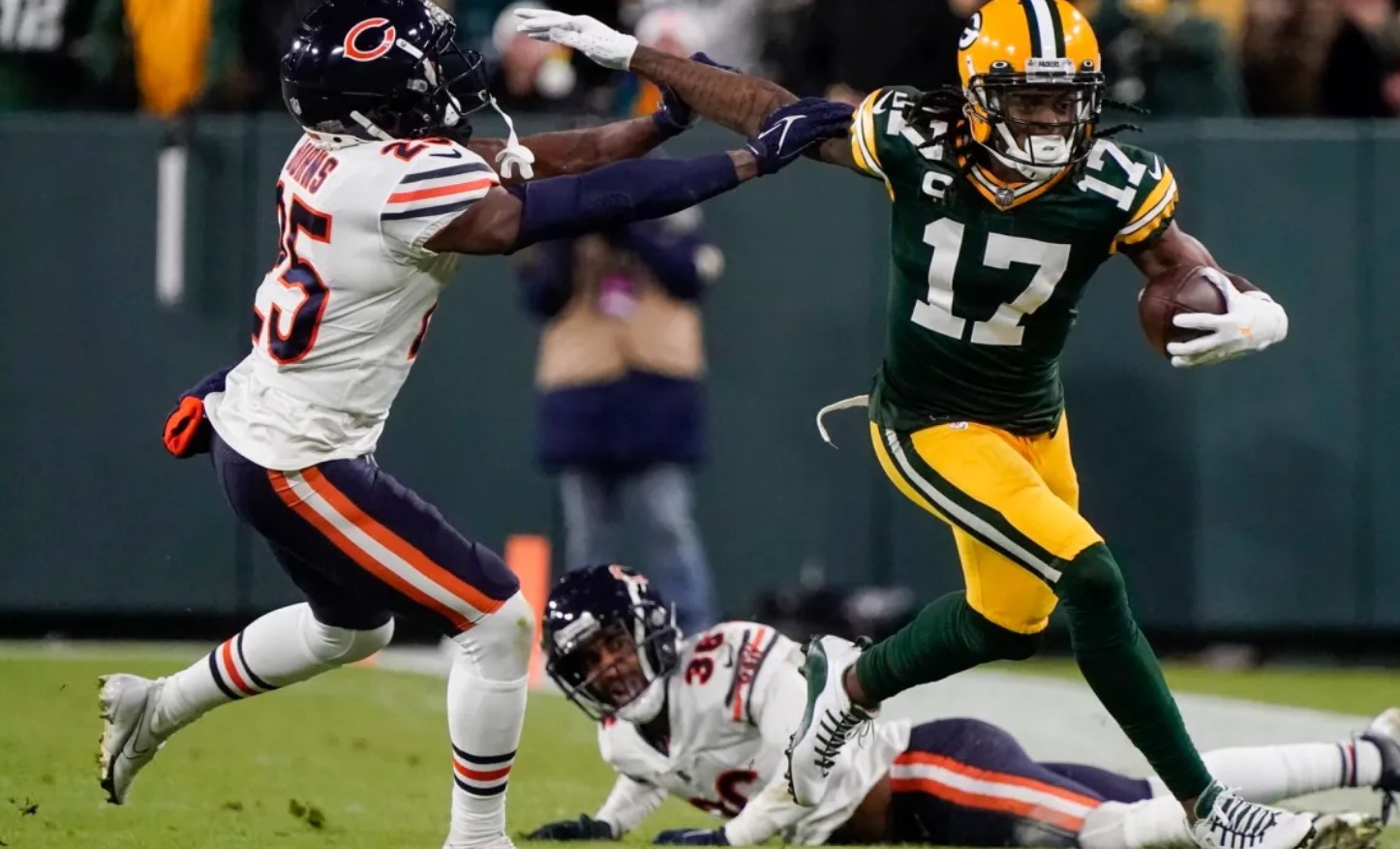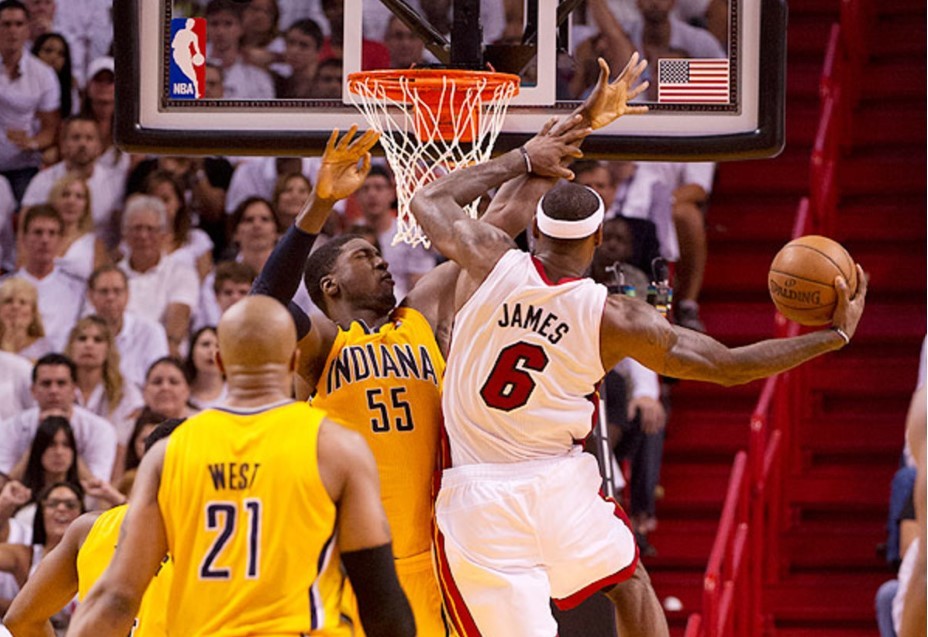How To Draw A Dog With Easy Steps
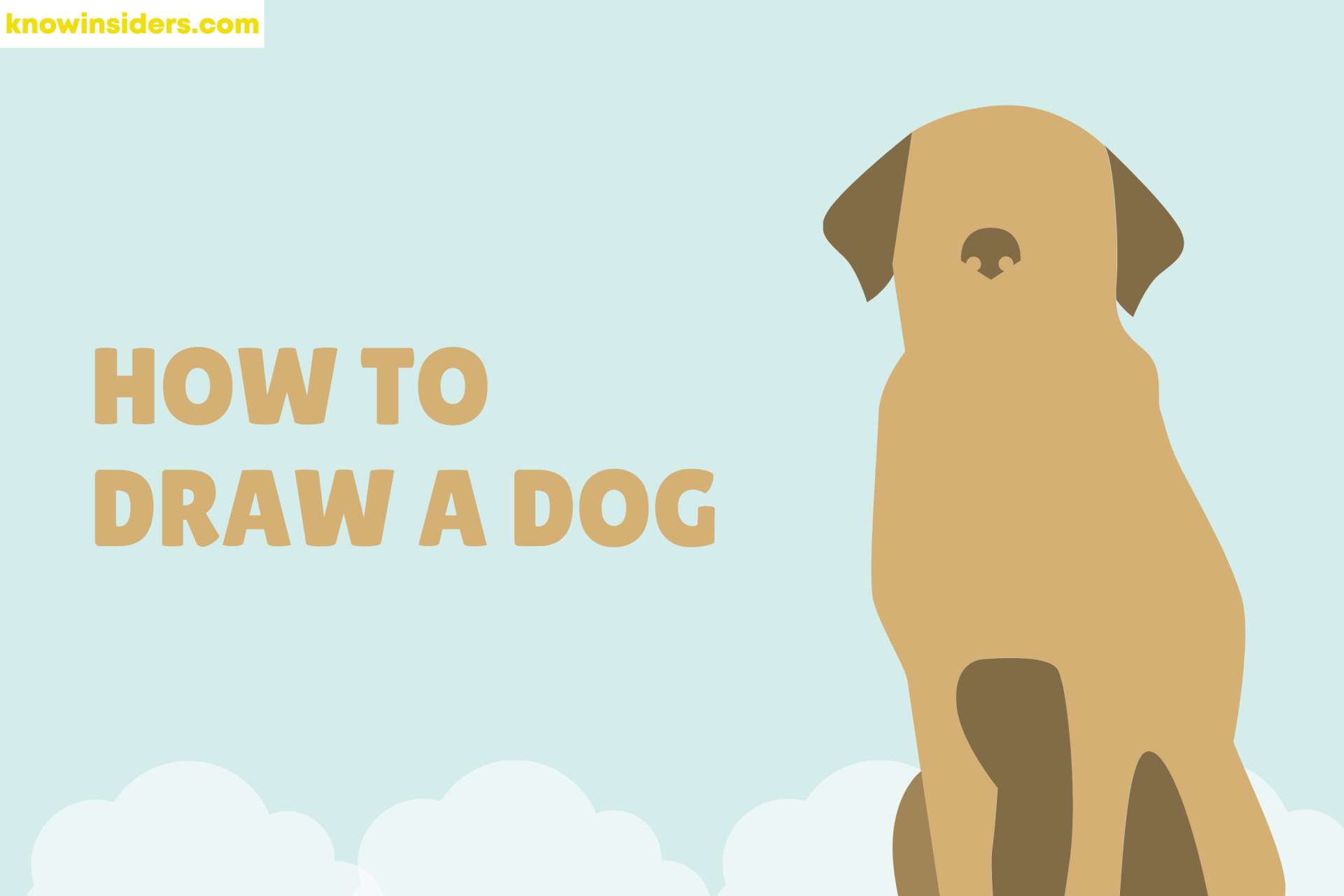 |
| How To Draw A Dog. Photo KnowInsiders |
Learn how to draw a dog with this step by step drawing tutorial. This simple drawing guide will have you drawing a cute puppy.
Tips To Draw A Dog For Kids
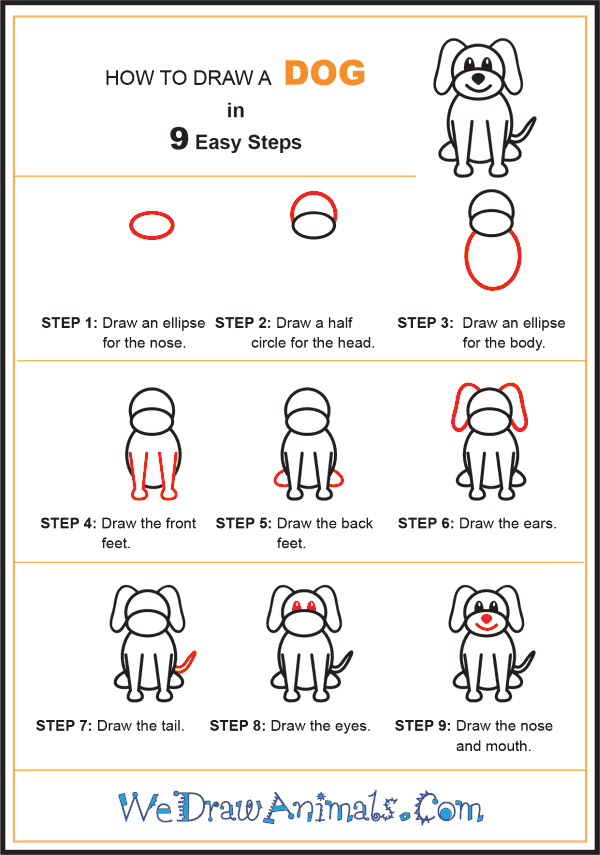 |
| Photo We Draw Animals |
Step 1: Begin your happy dog companion by drawing an ellipse for its snout.
Step 2: Add a half circle on top of the ellipse to form the rest of the dog's head.
Step 3: Add a larger elliptical loop to the bottom of the snout ellipse you drew in step 1.
Step 4: Draw the two front legs as gradually converging lines that join together in a rounded lobe.
Step 5: Draw each back leg as a curved line running from the bottom right and left of the dog's body.
Step 6: Add the dog's flappy ears as elongated loops on the sides of the dog's head.
Step 7: Draw the dog's long tail as two curved lines that converge in a point. When dogs are happy they wag their tails.
Step 8: Draw the dog's eyes as half-ovals resting on the top of the snout. Shade the eyes but remember to leave a small white dot at the top to show reflection.
Step 9: Draw the dog's nose as a shaded chevron shape at the top of the snout. Beneath it, draw an upward arching curve for the dog's mouth.
 Top 9 Smartest Dog Breeds in the World Top 9 Smartest Dog Breeds in the World Throughout world history, dogs have always held a special place in the human heart due to their companionship, courageousness, and loyalty towards their owners. Here’s ... |
How to draw a dog: basic forms
Three circles
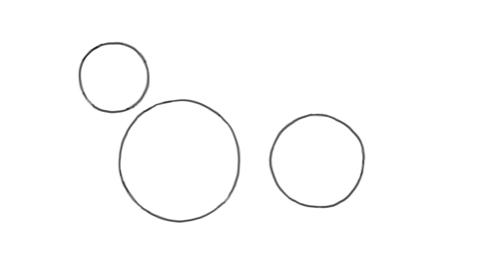 |
| Photo wacom |
To understand how best to draw something, it’s always helpful to reduce the image to some basic forms. Getting the size and position of these forms right helps achieve the correct proportions.
In the case of a dog, we can reduce it to three circles. The bottom two circles will form the body and the top circle will form the face.
Muzzle
 |
| Photo wacom |
Add another smaller circle to the top circle – this will form the dog’s muzzle. Then connect the two bottom circles to form the dog’s body. Use one line to connect the top of the circles and another to join the bottom, as shown here.
Legs and tail
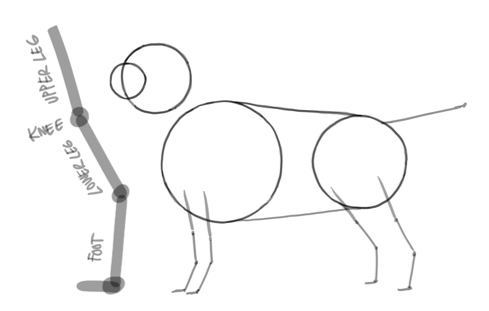 |
| Photo wacom |
Now it’s time to add the legs – two coming from the front circle and two from the back. It’s important to remember that the proportions of dog legs are different to human ones. Use the guide pictured here to make sure you have the joints in the right position. Make sure that the position of the legs is correct and that they face the right direction and that all the joints bend the right way.
At this stage you can also add the tail. Simply draw a straight line at a slight upward angle from the top of the rear circle.
Face
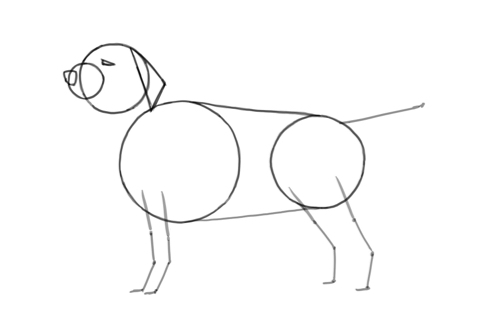 |
| Photo wacom |
To form the dog’s face, we need to add the nose, eyes and ears. As we’re drawing the dog in profile, you only need to add one of each. Sketch the eye using a lying-down V shape. Use a triangle for the ear. Then use a circle or square for the nose. For now the most important thing is getting the size and position of these details correct.
Outlines 1
Now we can start outlining the dog’s body and features. If you’re using paper, it’s best to use a darker, softer pen or pencil. If you’re using a digital device, it’s best to open a new drawing layer and soften the sketches that you’ve been working on so far.
You can combine two different techniques to achieve the best outline. For the top of the body, use normal lines. Then to create a realistic look for the bottom, use hatching lines so that the fur doesn’t lay flat like it does on top.
For the chest and belly area, you can follow the circle of your preliminary sketch and adjust it slightly to get the right body shape. The forehead, muzzle and nose can be joined up to form a continuous shape. Then to add thickness to the legs, draw outlines either side of the scaffold line you drew earlier. And remember – the legs tend to get thicker at the top.
Outlines 2
We still need to draw the pair of legs furthest away. The leg pairs look pretty much identical in side view. The only thing to keep in mind is that dogs tend to place their hind legs a bit further apart than the front legs.
At this stage, we can also develop the muzzle. Feel free to add a slobbering tongue if you like.
Dog's different posesCircles Using the steps above, you can draw dogs in all sorts of poses. The first step is to position the circles correctly. With a little practice, you’ll get the hang of finding the best proportions and spacing for them. Legs, eyes, muzzle As before, pay attention to the joints and their alignment when pre-drawing the legs. When you draw in the central axis of the head, it’s easier to determine the correct positions for the eyes and muzzle, especially if you want to depict the dog in half profile. Ears, tip of the nose For now, you can roughly indicate the position of the nostrils on the dog’s nose. We’ll go into more detail on this later. The basic shape for a dog’s ear is a triangle but for certain poses, this doesn’t work. Other basic shapes are useful as a starting point but you’ll need to adjust these on a case-by-case basis. Take a look at these different ways of doing it. Keep in mind that a dog’s ears are an essential part of its expression. Erect ears suggest alertness or even aggression. If you want your dog to be relaxed, you should let the ears hang. |
Elaboration
For this next stage, we’ll draw a dog in relaxed pose. This dog will look most like a Golden Retriever.
Eyes
Dogs’ eyes are more circular than human eyes. So start with a circle and add the eyelids fairly close to the circle. In the middle of the circle, draw a pupil. For the glow, add a point of light offset slightly at the top. If using a pencil, think about the point of light before you draw, or have a good eraser handy.
Nose
A dog's nose is a pretty complicated structure with some bumps and folds. Here’s a simple process for constructing the dog’s nose from a frontal perspective:
1. Start with a wide square, proportionally like a landscape sheet of A4 paper. Halve it in height and width. (In the upper half, the vertical bisecting line isn’t that important.)
2. Position the nostrils on the horizontal center line, each one halfway to the center point. On the sides, make an angled-down mark ¾ of the way down from the top.
3. Round the edges slightly.
4. Using a snail shape, connect the markings ¾ of the way down with the nostrils. At the very bottom, put a V in the center.
5. Connect the V and the upper half using a curved line. The nostrils also taper slightly to the sides at 5 o'clock (for the right) and 7 o'clock (for the left).
6. Remove the guide lines except the vertical one, which points down from the center.
Muzzle, mouth
 |
| Photo wacom |
From the front, the muzzle looks like a W. In this drawing, the dog is looking slightly to the right, so the right side of the W should be a bit narrower than the left. The tongue comes out directly under the W and hangs out over the lower lip.
Paws
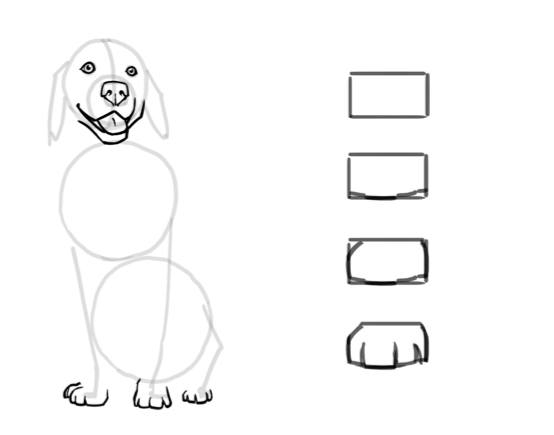 |
| Photo wacom |
For the paws, you can again start with a basic shape. This time, use a slightly wider square than for the nose. Offset the bottom edges of the four toes very slightly in height to give the paws some depth. You can then give the toes more definition by adding spaces.
Rough outlines
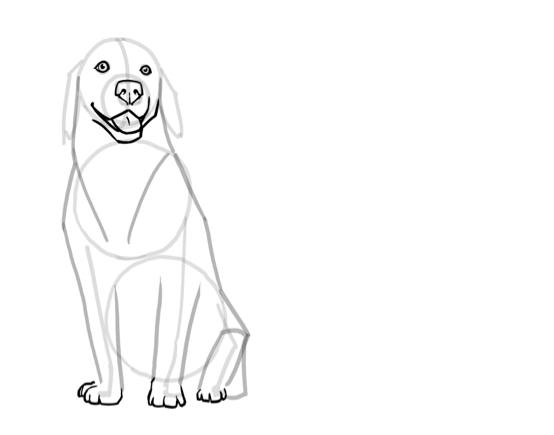 |
| Photo wacom |
Now it’s time to make the preliminary drawing a continuous shape. The neck goes directly into the body. Below the neck, Golden Retrievers have a kind of collar. At the top of the front legs, there are shoulders on both sides, which mark the transition from leg to body. So in this simplified form, use subtle corners on the outer lines, at about the level of the collar.
For the moment the outlines can still be smooth connecting lines. They help us for the next step.
Final outlines
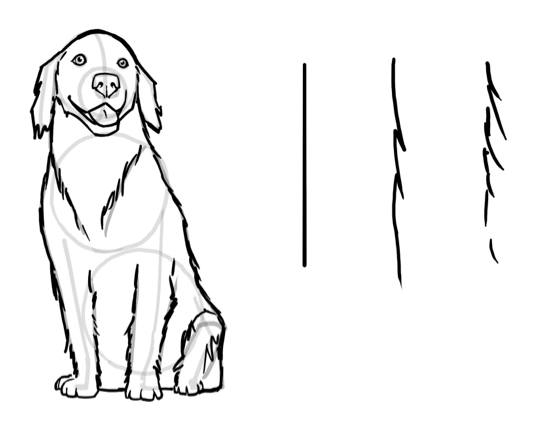 |
| Photo wacom |
As before with the standing dog, you can indicate fur in the outlines with quick hatching strokes. This softens the hard edges of the outlines and gives the dog its fluffiness.
Coloring
One of the advantages of working digitally is the huge array of color tones. There are many possible workflows here, depending on the software and artist. One option is to work with fill levels for each individual color tone. This gives you the opportunity to adjust and change individual colors at the end.
For this dog, we need at least six shades. Here we have four shades of brown for the coat, a base shade, two darker gradations for shading and a lighter gradation for lit areas. We can also use a light pink shade for the tongue and a very dark brown shade for the eyes, nose and for the shadow the muzzle casts on the tongue.
You don't have to limit yourself to just a few shades. But it’s good to start with a manageable color palette and then expand the palette when necessary.
Shadow 1 hard
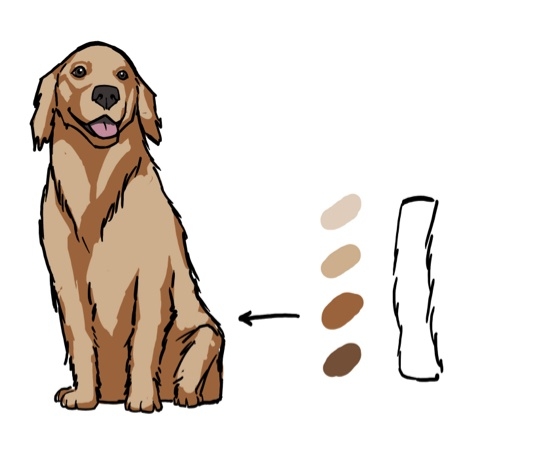 |
| Photo wacom |
With the lighter of the two shading browns, you can roughly define some shadow areas. Try to imagine which areas are directly illuminated by the light and which are in shadow. Also think about whether parts of the body cast shadows on other areas. In this case, we’ll assume that the light comes from above, so the lower edges of the body parts tend to be in shadow.
You can also highlight the muzzle, eyes and cheeks a bit, and in some places you can make fur markings for the pattern in the dog's coat.
Shadow 1 soft
This dog has a soft coat, so we want to achieve that effect in the drawing. To get the effect pictured here, soften the shading with a 0% soft pencil outer edge. If you’re using pencil on paper, you can use an estompe for this technique to get more accurate smudging than using your fingers. Blurring has the effect of making the basic tone of the dog look as soft as possible.
Light
Now, let’s work with the light brown tone on the upper edges of the body parts. With the two hard brown tones (i.e. very light and very dark) we can create the impression of fur. You can build a fur brush for this purpose. So instead of a line (i.e. many dots stuck together), it draws lots of hairs at random – smaller, larger or even slightly twisted. Most graphic programs offer brush presets but you can also create a brush like this yourself quite easily. All you have to do is paint a single hair and adjust the settings. The alternative is to draw the fur using skillful hatching or drawing lots of hairs.
Shadow deep
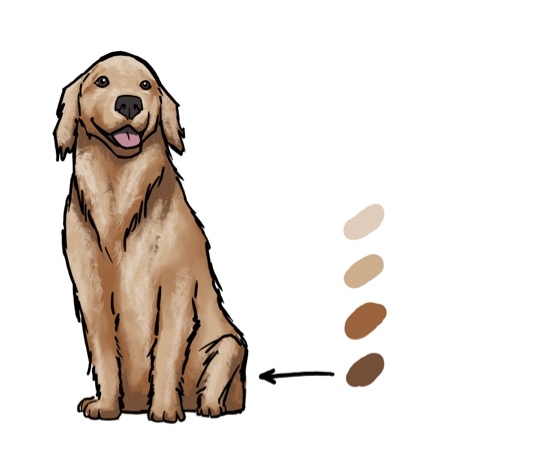 |
| Photo wacom |
To give the dog a little more depth of color, work the darkest parts with the very dark brown tone using the fur technique above. By this point, you’ll be able to tell whether the individual shades go well together. If you’ve worked with fill levels, you can always readjust the shades and gradations.
Your cute and cuddly dog is now complete. Depending on your style, you can go into more detail with your dog. You can keep a more sketched look or take the level of detail up to photorealism.
Hopefully you’ve enjoyed following this workflow and drawing along with it. There are always different ways to draw a picture, so keep bringing your own ideas but also keep looking out for inspiration from others.
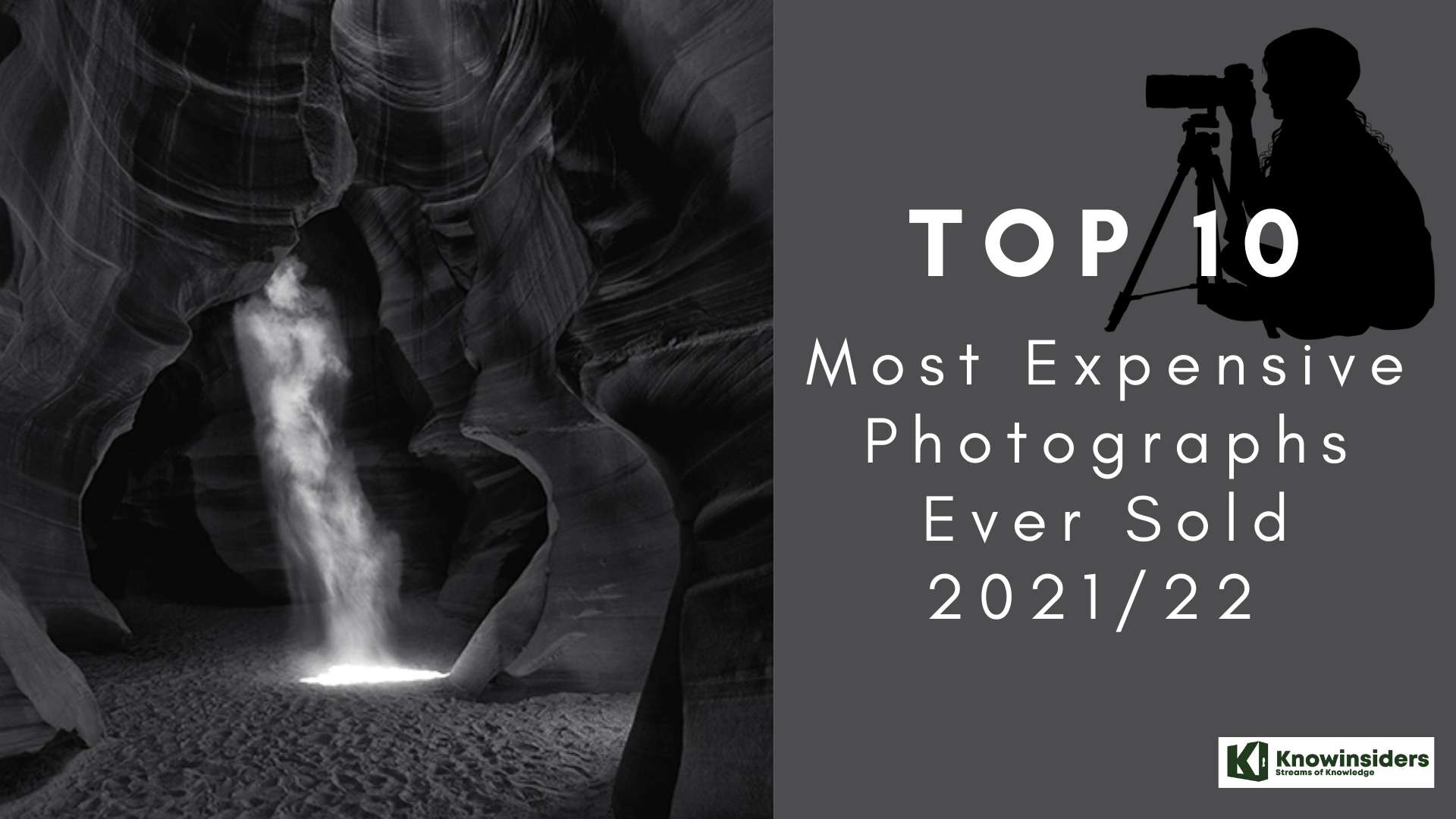 Top 10 Most Expensive Photographs Ever Sold In The World Top 10 Most Expensive Photographs Ever Sold In The World Photograph is an expensive hobby, and the artists create the best works from their lenses. Here is the top 10 most expensive photographs ever sold. |
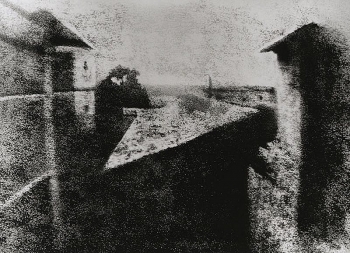 What is the First Photograph ever Taken In History What is the First Photograph ever Taken In History Have you ever been curious about the first photograph taken in the world? At KnowInsider, we let you know about the oldest photograph in ... |
 Tricks To Take Prettier Photography With Samsung Phones Tricks To Take Prettier Photography With Samsung Phones With constant upgrades, Samsung now can help users have high-quality photo that wows majority of people. However, if you know those selfie tips when taking ... |



